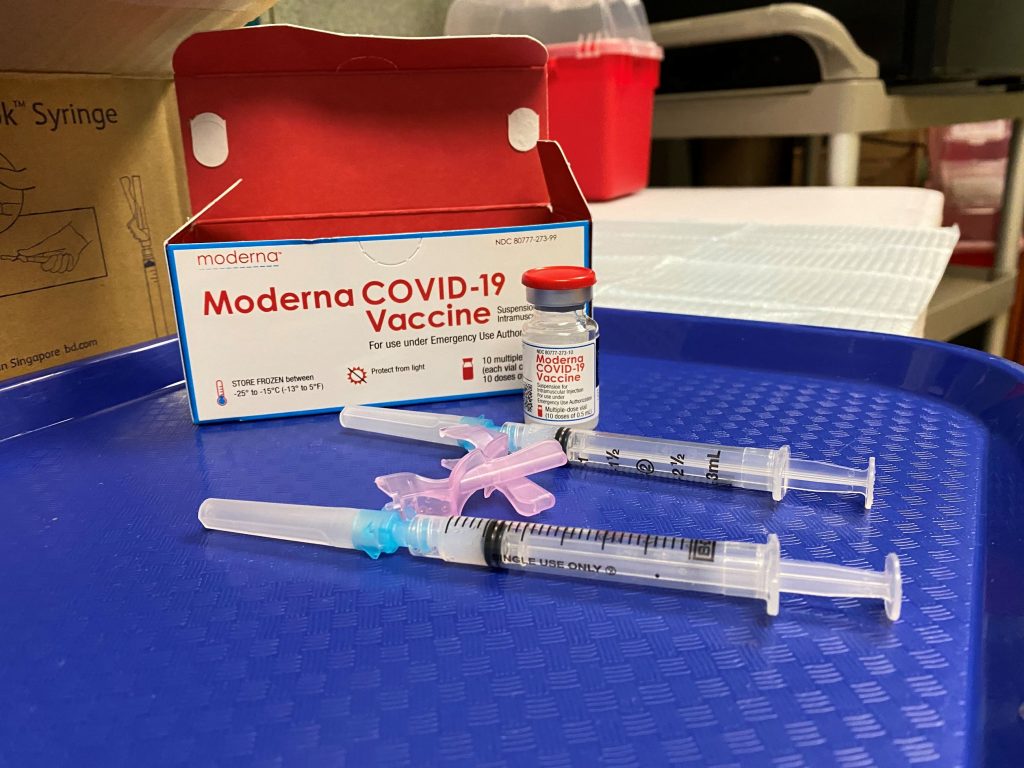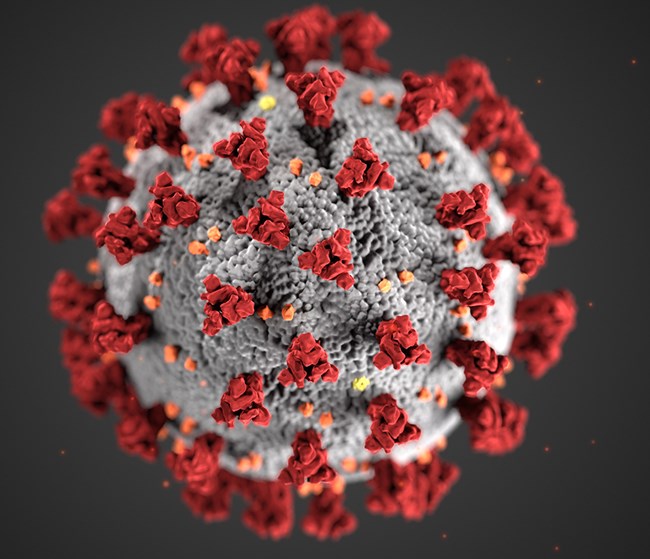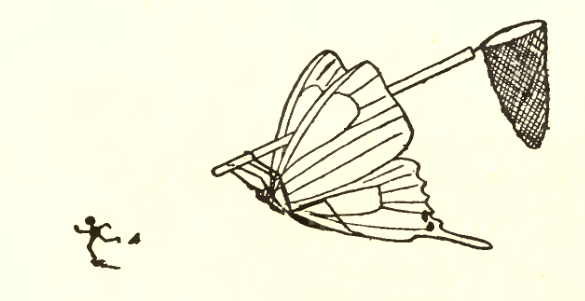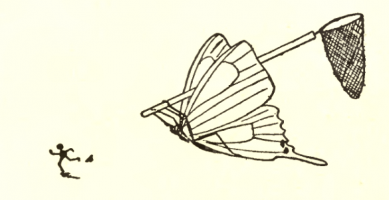The American Heart Association has published a corrected version of a controversial meeting abstract which claimed to show that Covid-19 vaccinations “dramatically” increased a person’s risk for serious heart problems.
The study was the work of Stephen Gundry, a cardiac surgeon who now sells dietary supplements of questionable efficacy on his website. Gundry also sees patients at the Center for Restorative Medicine and International Heart & Lung Institute in California and offers advice on YouTube.
Gundry submitted the abstract, titled “Mrna COVID Vaccines Dramatically Increase Endothelial Inflammatory Markers and ACS Risk as Measured by the PULS Cardiac Test: a Warning,” to the AHA’s 2021 scientific meeting, which apparently accepted it without much, if any, review.
At the end of November, after fielding complaints about the study, the AHA issued an expression of concern for the abstract, which was riddled with spelling errors – including calling the PULS test the “PLUS” test in the first sentence, where any reader could immediately spot the mistake – and other problems:
Continue reading AHA journal tones down abstract linking COVID-19 vaccines to risk of heart problems




